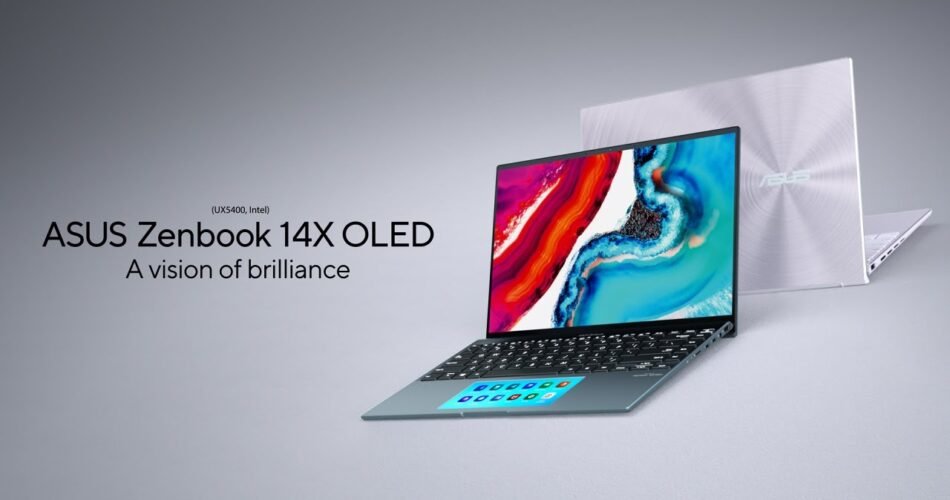Asus has gone all-in on OLED laptops. It introduced the cheapest laptop you could buy with an OLED display in the Asus ZenBook 13 OLED, which we have named the best laptop under $1,000. It put two OLED displays in the ZenBook Pro Duo 15 OLED. And it even introduced the first Windows detachable tablet with an OLED display in the Vivobook 13 Slate OLED.
The company even includes OLED in a laptop’s name, underlining what it considers to be the essential feature. That’s the case with the ZenBook 14X OLED, a laptop that will arrive in early in 2022 with — you guessed it — a high-resolution OLED panel.

I reviewed the $1,400 high-end version of the ZenBook 14X OLED, with a Core i7-1165G7, 14-inch 16:10 OLED display, and Nvidia MX450 graphics. It’s a superior addition to the ever-growing stable of premium 14-inch laptops, and its OLED display is undoubtedly a nice one. The smaller ZenBook 13 OLED still offers a better value, but the higher resolution and improved performance of the 14-inch model make it a standout option, even beyond its screen.
Keyboard and touchpad
Asus has been channeling HP lately when it comes to keyboards, using a layout and keycaps that are eerily similar to those on HP’s Spectre line. There is the same key spacing and row of movement keys along the right-hand side of the keyboard. That’s not a bad thing because the Spectre keyboards are excellent. At the same time, while the Asus switches have plenty of travel and a comfortable bottoming action, they’re not as snappy and don’t feel quite as precise. They’re a step behind the best, which also includes Dell’s XPS keyboards, but that makes the ZenBook 14X OLED’s keyboard very good nonetheless.

The touchpad is a wide format that doesn’t use the available space on the palm rest. Some laptops, like the Dell XPS 13 and the HP Spectre x360 14, make great use of the extra space afforded by today’s taller displays, but that’s not the case with the ZenBook 14X OLED. It’s not a tiny touchpad, but it could be larger. Fortunately, it has a comfortable surface that makes for accurate swiping, and it’s a Microsoft Precision touchpad, so multitouch gestures work well. The buttons are clicky and responsive without being loud.
Of course, you can’t judge the touchpad solely by how easily it allows you to manipulate your cursor. It also incorporates Asus’s ScreenPad 2, which provides an LED display embedded in the touchpad that enables a host of additional functionality.
ScreenXpert 2 is a multiscreen organizer that manages the interaction between the ScreenPad and the primary and any additional displays. Users can launch applications from the ScreenPad, and use the touchpad as a secondary display. You can turn the ScreenPad off entirely if you like, and the touchpad will function normally. Overall, I found the ScreenPad a useful addition, but not one I couldn’t live without.
Display
The ZenBook 14X OLED enjoys a 14-inch OLED display, and it’s available in a few configurations that are all in the productivity-friendly 16:10 aspect ratio. You can choose from a 4K+ (3,840 x 2,400) panel, a WQXGA+ (2,880 x 1,800) touchscreen display, and a nontouch WQXGA+ screen.
Battery life
The ZenBook 14X OLED packs in 63 watt-hours of battery life, a fair amount for a 14-inch laptop. The OLED display is high-resolution and power-hungry, though, and the CPU isn’t a low-power version, so I was expecting average battery life at best.
Should you buy it?
Yes. The ZenBook 14X OLED is a great 14-inch laptop that competes strongly against its competition.

